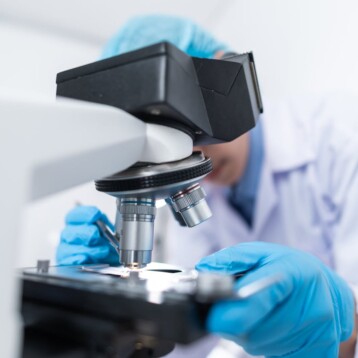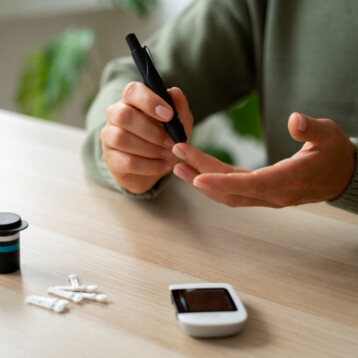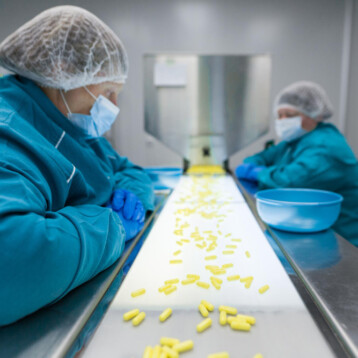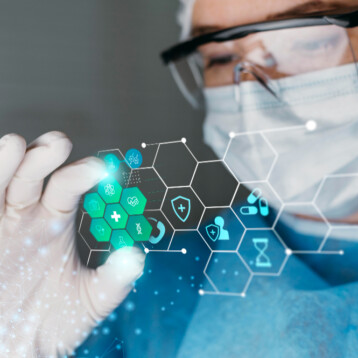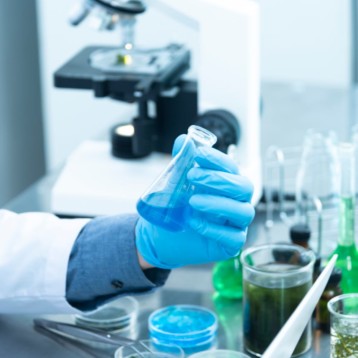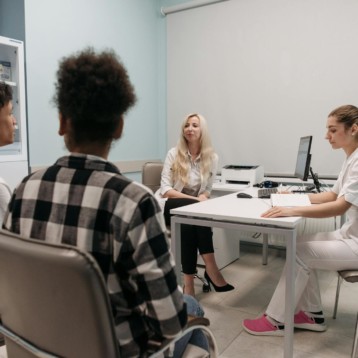Researchers from Cornell University have engineered micro-channels within a water-based gel that can act as a vascular system. The system can carry and deliver oxygen, sugar, proteins, and other growth factors to the growing tissue. The scientists designed the system so that it can be programmed to match a specific shape and make the implant grow to fill that shape. This development is a major step forward in creating engineered tissues.
 |
Image of channels in gel for growing tissues
were captured on a fluorescence microscope
(Credit: Nak Won Choi/Cornell) |
|
Creating engineered tissues in the lab is a difficult task. The first successful implantation of lab-based organs was reported in April 2006 when bladders that were created using cells taken from seven children, were transplanted back into the childrens’ bodies. However, scientists still struggle with creating more intricate organs. One of the major obstacles they face is finding a way to supply oxygen and other growth factors to the growing cells, as oxygen can efficiently pass only a tiny distance by passive diffusion. Supplying the growing cells with oxygen and other essential factors can now be done using the new gel system developed at Cornell University.
The gel-based vascular system can be used to create a scaffold for the growing tissue. The scaffold can hold tens of millions of living cells per milliliter in a three dimensional arrangement. Because the solutes carried by the system can be changed, different nutrients can be delivered in the different stages of the tissues’ generation and it is also possible to generate a tissue with divergent types of cells which need different nutrients. The artificial vascular system serves both as a nutrients’ delivery system and as a scaffold for the growing tissue.
 |
hydrogel with micro-channels in a grid.
The network of channels is 1 cm across.
(Credit: Dr. Mario Cabodi / Cornell) |
|
What seemed like science fiction only one or two decades ago is now becoming scientific fact. Although we are still far from being able to create a complete complex organ like a human heart in the lab, the artificial vascular system engineered by the Cornell University team overcomes a major impediment in achieving this goal. This new technique might not enable us to artificially produce complex organs, but it makes the artificial creation of a wide variety of tissues feasible. The artificially produced tissues will be used as implants or as experimental platforms for biological research.




